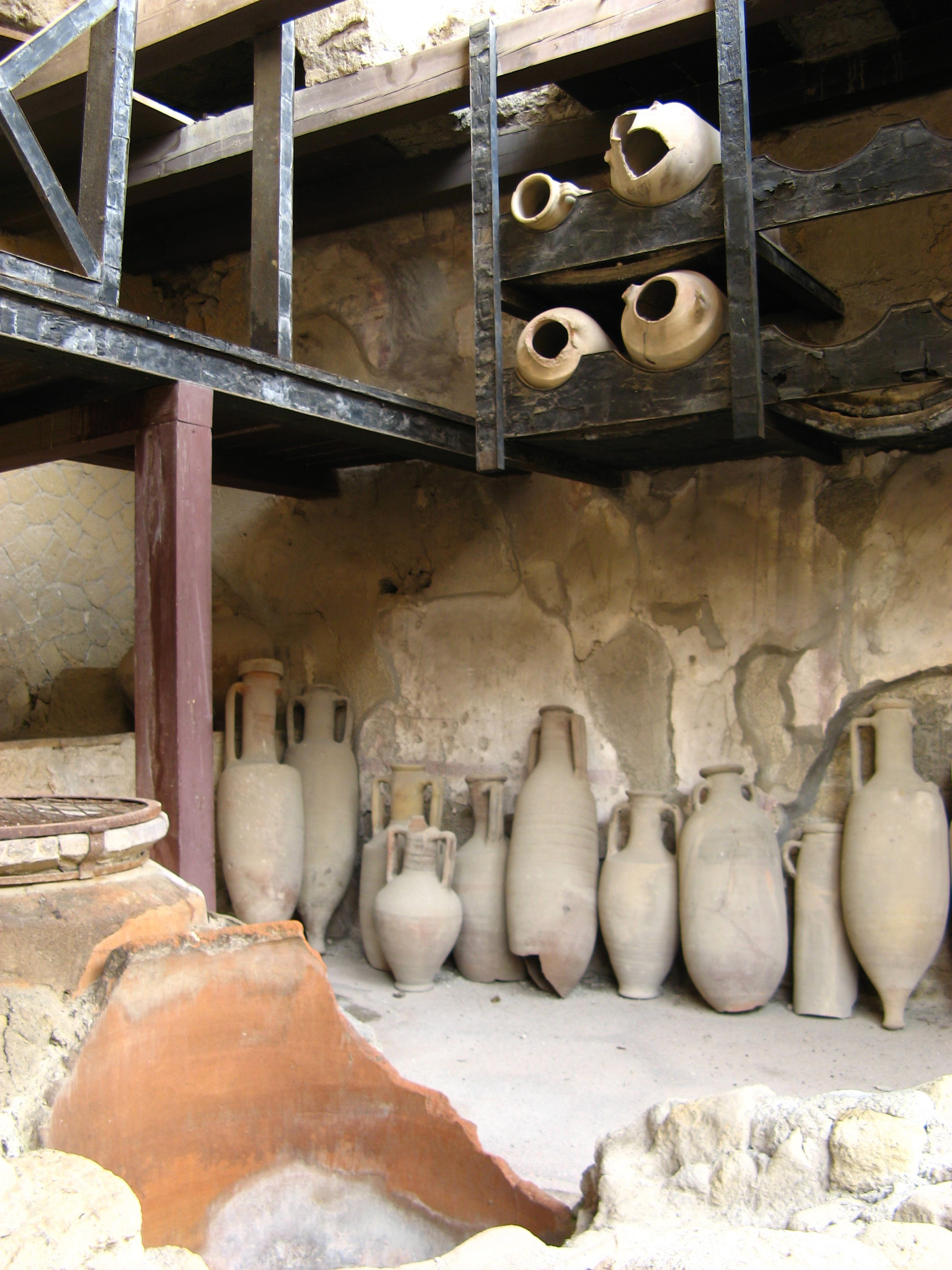Simulating the Roman economy: amphora distribution and transport costs
Associate professor Tom Brughmans is a collaborator on a new project on simulating the Roman economy and studying distributions of Roman amphorae in Italy. The project is directed by Dr. Paulina Komar of the Cardinal Stefan Wyszy?ski University in Warsaw, and it is funded by a SONATA grant from the Polish National Science Centre.

What did the ancient economy look like? Was it like a modern market, or was it more akin to an oriental bazaar? Could the law of supply and demand operate in Roman economic reality, or were prices set arbitrarily by the ruling elite? Did traders care about profit maximisation? Was the Roman Empire sufficiently connected to allow information to flow fast enough for market integration to occur? These questions have long puzzled researchers of the ancient Roman economy. Understanding the structure and nature of the networks enabling flows of goods, information and people in this ancient Mediterranean economy lies at the heart of UrbNet’s research agenda.
The goal of this project is to answer these questions by analysing the distribution of ancient transport containers in Italy (between 1 and 700 CE) and comparing the results with the approximated transport costs provided by ORBIS: The Stanford Geospatial Network Model of the Roman World, a computer-based model of transport conditions in the Roman Empire. According to economic theory, if trade is driven by market forces, then product price (with transport costs being the main contributor to prices in antiquity) is the key factor concerning commercial exchange, which means that places should mostly import staple goods that are cheap to transport, as no one would ever buy ordinary wine for a price ten times higher than it was worth. At the same time, if the price is set artificially there would be no pattern based on transport costs. This project will check whether patterns of amphora distribution in antiquity correspond with transport cost patterns.
The results will be double-checked by subjecting them to computer-based analyses, which enable archaeological data to be processed, i.e. agent-based modelling (ABM) and regression analyses. Therefore, this project takes an important step forward with respect to the study of the ancient economy. Also, by employing both traditional and innovative analyses it will add fresh arguments based on sound research to the scholarly debate regarding the nature of the Roman economy.
This project will build on previous work by Tom Brughmans, in which he tested theories of the Roman economy using a network simulation model and a large ceramic tableware dataset. Moreover, it will provide interesting opportunities to explore the use of formal network modelling with large archaeological databases for the other research initiatives at UrbNet. In doing so, it will make an important contribution to UrbNet’s mission to improving our understanding of networked urban societies in the ancient Mediterranean.
The project is directed by Dr. Paulina Komar of the Cardinal Stefan Wyszy?ski University in Warsaw, and it is funded by a SONATA grant from the Polish National Science Centre.
